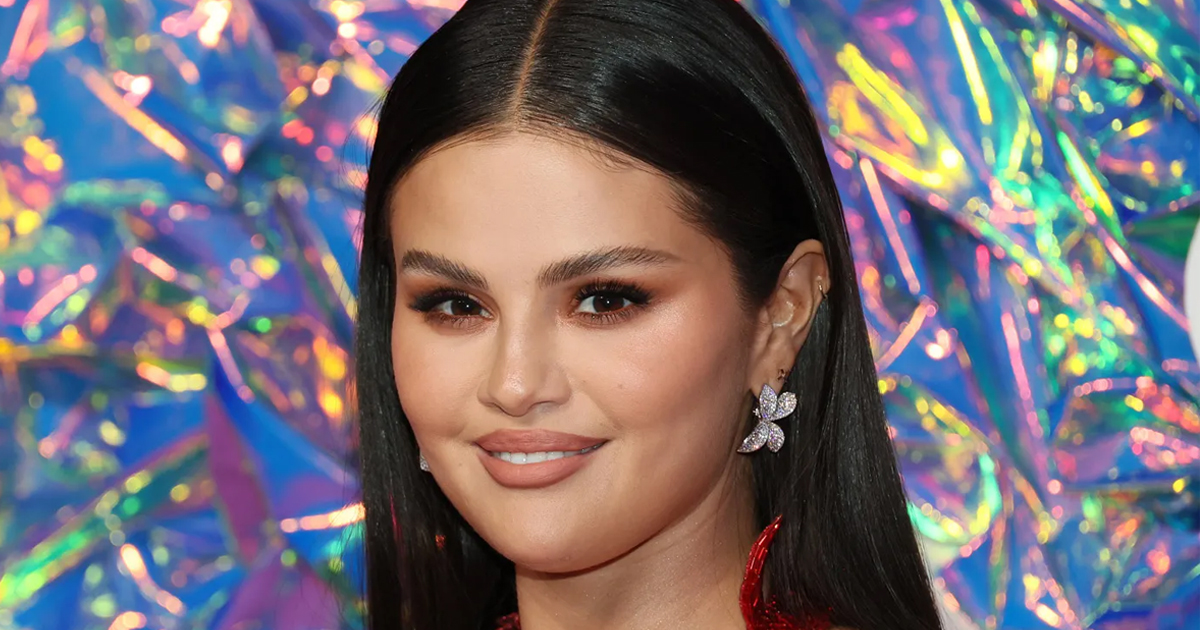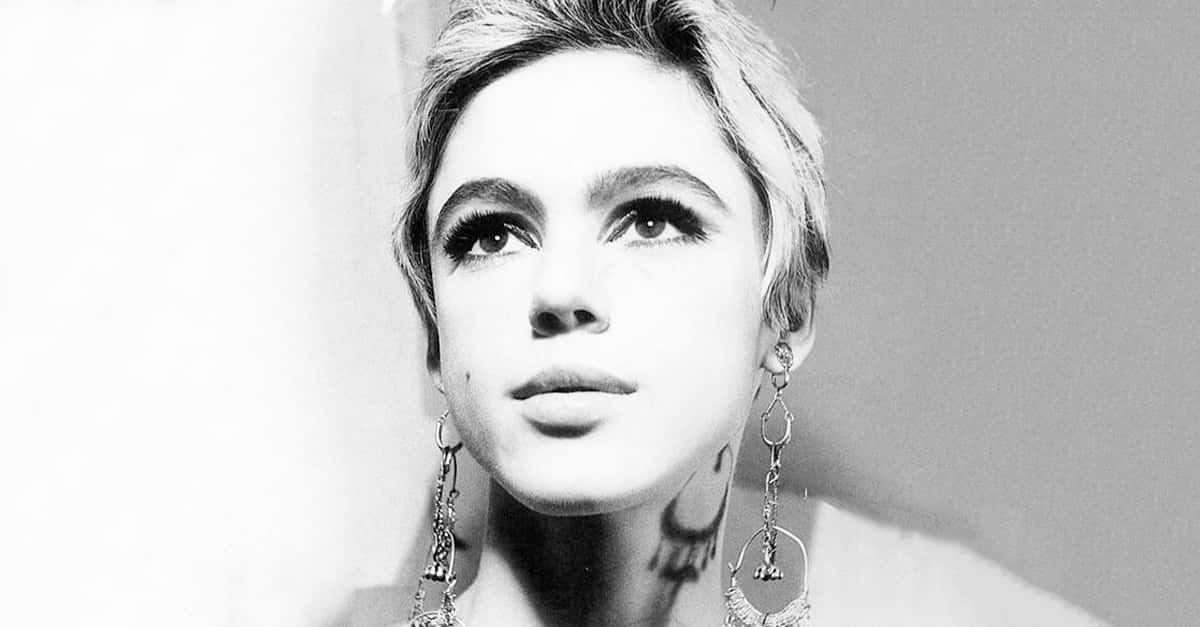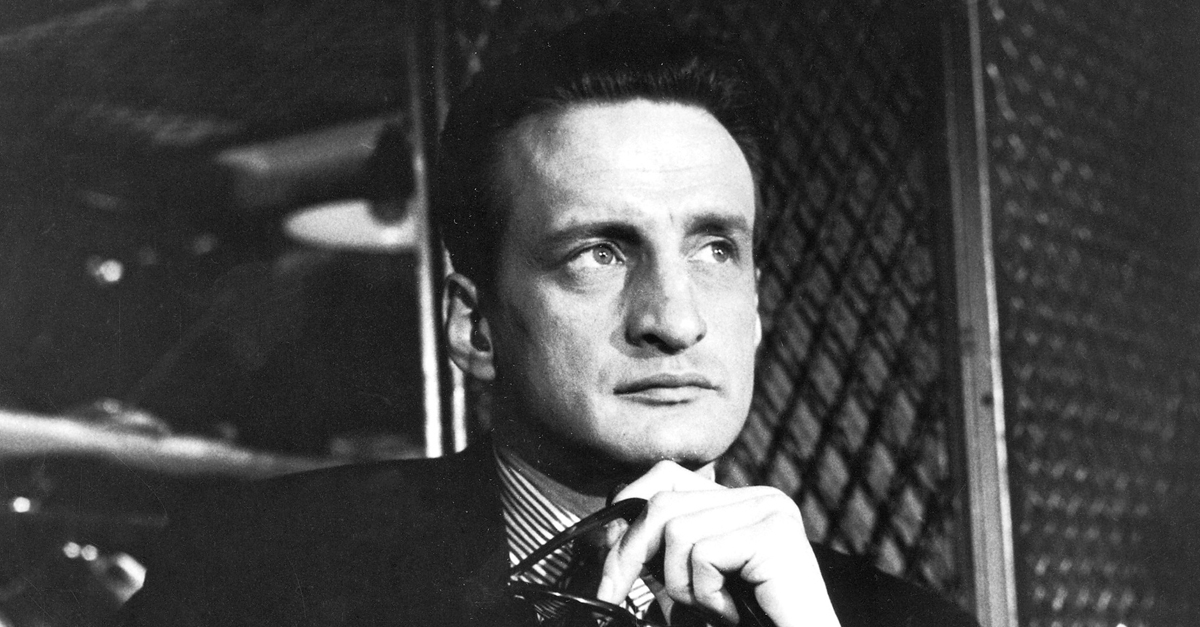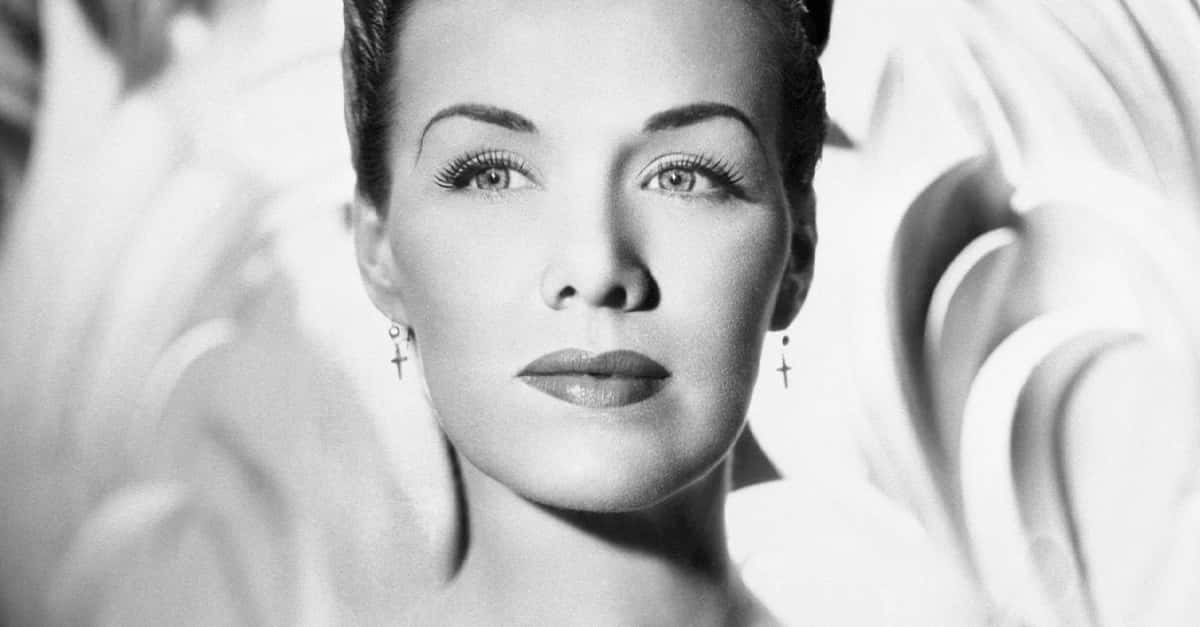Fredi Washington had beauty, talent, and intelligence—everything it takes to be a star. But in the end, something she couldn’t even control held her back from the success she truly deserved.
1. She Had Humble Beginnings
Fredi Washington didn’t start with much. Born in the American South in 1903, her father worked as a postman, and her mother worked as a dancer. She grew up with several siblings, and as the oldest girl, she helped take care of her brothers and sisters. Unfortunately, an unexpected tragedy soon shattered the cozy family dynamic.
2. She Lost Her Role Model
Washington’s mother passed unexpectedly when she was only 11 years old. With the family shaken, the best option was to send her and her younger sister away to school. They attended a catholic school in Pennsylvania. While they received a reasonably good education at the convent, things at home continued to get messy.
 George Terwilliger Productions, Ouanga (1936)
George Terwilliger Productions, Ouanga (1936)
3. Her Father Couldn’t Cope
While Washington and her sister studied, her father struggled to pull himself together back at home. He remarried twice, and ended up adding another four siblings to the family. Washington, though, had much bigger hopes for her future. And surprisingly enough, unbearable challenges ultimately pushed her in the right direction.
 Universal, Imitation of Life (1934)
Universal, Imitation of Life (1934)
4. They Couldn’t Take it
Washington’s family became part of the Great Migration of the 1900s. During this time, Black people from all over the South fled the prejudice and tension there to seek a better life in the North. This landed her in Harlem at just the right time, when art of all forms started bursting at the seams. That didn’t make her path easy, though.
 New York Public Library, Picryl
New York Public Library, Picryl
5. She Started Small
Just a teen when she got to Harlem, Washington already had an affinity for entertainment. Unfortunately, finding work proved a challenge. She helped provide for herself and her family with menial positions, to include work at a dress shop and at a records company. When she couldn’t take it anymore, she made a play for a life of stardom.
 Universal, Imitation of Life (1934)
Universal, Imitation of Life (1934)
6. She Started At The Bottom
In 1919, Washington began her first job in entertainment at the Alabam Club in Harlem. She worked as a chorus girl, which placed her in the background of shows, dancing and singing alongside several other girls. Many girls in that position could easily go unnoticed, but with her talent and beauty, she soon caught the attention of a huge star.
 Twentieth Century Fox, One Mile From Heaven (1937)
Twentieth Century Fox, One Mile From Heaven (1937)
7. She Put Her On
Josephine Baker found herself enthralled with Washington when she saw her perform in the early 1920s. Already a household name in entertainment, Baker plucked up the young dancer and placed her in a cabaret group called the “Happy Honeysuckles”. It marked the beginning of her career, one with as much tragedy as triumph.
8. She Took Off
Lee Shubert, a well-known theater producer, fell in love with Washington’s talent next. In 1926, he selected her for a major role in the broadway production Black Boy. A dazzler onstage, Washington quickly became well known for her skill and beauty. But backstage, the young starlet found herself distracted by a certain male co-star.
 George Grantham Bain Collection, Wikimedia Commons
George Grantham Bain Collection, Wikimedia Commons
9. She Got Caught Up
On stage, Washington played the lover of Paul Robeson, an emerging musician and actor. Behind the scenes, though, the two allegedly began a sort of on-again off-again relationship that would go on for several years. Both the tendency to fall for a co-star, as well as the type of role she played in this piece, later came back to haunt her.
 George Terwilliger Productions, Ouanga (1936)
George Terwilliger Productions, Ouanga (1936)
10. She Played A Fake
In Black Boy, Washington’s looks proved essential to her character. Born to both mixed race parents, Washington had very light skin and green eyes. This made the role an easy one. Her character pretended to be white, only to be discovered as Black later on. In real life, though, her growing fame began to start quite a controversy about her appearance.
 George Terwilliger Productions, Ouanga (1936)
George Terwilliger Productions, Ouanga (1936)
11. She Shocked Audiences
Shortly after her Black Boy debut, her name started to float around the media, and seemingly never without a mention of her supposedly beautiful European features. One newspaper even called her “astonishingly pretty for a real Negro girl”. Washington seemingly ignored this attention on her looks, for the time being, anyway.
 George Terwilliger Productions, Ouanga (1936)
George Terwilliger Productions, Ouanga (1936)
12. She Went International
With her star on the rise, Washington took advantage of every opportunity to perform and entertain. She played a role in the critically acclaimed 1926 Broadway show Shuffle Along, then followed that up by traveling through Europe with her dance partner, Al Moiret. Even worlds away from the US, though, her supposed racial ambiguity plagued her.
 George Terwilliger Productions, Ouanga (1936)
George Terwilliger Productions, Ouanga (1936)
13. They Wanted Her To Pretend
While in Europe, Washington caught the attention of an extremely wealthy man, Otto Khan. A champion of the arts, he felt impressed by her talent, and wanted to pay for further education in the arts for her. He held one requirement, though—that she pass for French. She turned him down, but an even better opportunity soon came her way.
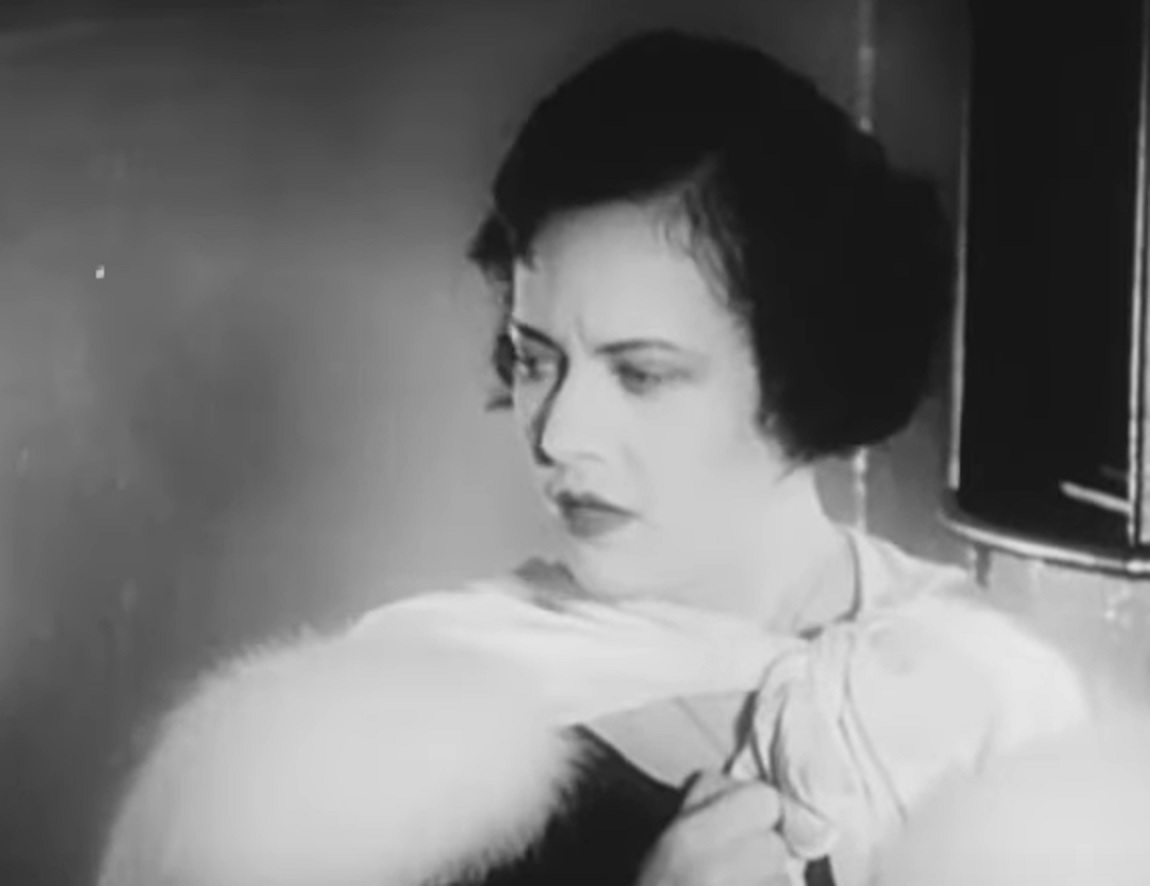 George Terwilliger Productions, Ouanga (1936)
George Terwilliger Productions, Ouanga (1936)
14. She Went Big Time
Washington landed her first movie gig in 1929. She played a dancer in the short film, Black and Tan. While it didn’t hit it big in a traditional sense, it served as her first onscreen appearance, alongside a huge music star at the time, Duke Ellington. Even more than all that, though, it set the stage for another chaotic era in her love life.
 Joop van Bilsen for Anefo, Wikimedia Commons
Joop van Bilsen for Anefo, Wikimedia Commons
15. She Fell Hard
While playing his dying wife and lover on screen, Washington fell hard for Ellington in real life. And as it turns out, Ellington allegedly fell hard for her too. Reports of their steamy romance became well known among their communities, especially as her next career move put her in just the right place to keep kindling their flame.
 George Terwilliger Productions, Ouanga (1936)
George Terwilliger Productions, Ouanga (1936)
16. She Stayed Close
After the film, Washington began touring with Ellington’s band as a dancer. As such, she continued spending copious amounts of time with the band’s leading man. Even in the midst of this love affair, though, the inequality in the country forced Washington into unique situations—some helpful, and some downright disgusting.
 George Terwilliger Productions, Ouanga (1936)
George Terwilliger Productions, Ouanga (1936)
17. She Passed
As she traveled with the band throughout the country, they often faced places where Black people weren't allowed to patronize. This often became Washington’s moment. During this tour, she reportedly passed as white to enter whites-only ice cream places and get sweet treats for her bandmates. And yet, the sweet often turned quickly sour.
 Universal, Imitation of Life (1934)
Universal, Imitation of Life (1934)
18. They Hated Her
People often cajoled Washington, thinking her a white woman spending time with Black people. Reportedly, on one of these ice-cream trips, whites yelled ugly slurs at her as they discovered her handing out the ice cream to her bandmates. This didn’t deter her though. In fact, she didn’t seem deterred in many spaces, including her questionable love life.
 George Terwilliger Productions, Ouanga (1936)
George Terwilliger Productions, Ouanga (1936)
19. She Chose A Player
Washington’s romance with Ellington became well-known gossip in the world of Black music. Ellington, however, already carried a reputation with women. According to several reports, he dated women everywhere he went. Some reports even claim he kept multiple women in the same hotel on occasion. That wasn’t even the worst of it, though.
 George Terwilliger Productions, Ouanga (1936)
George Terwilliger Productions, Ouanga (1936)
20. He Broke His Vows
At this point, Ellington’s behavior doesn’t seem much different than any young musician and eligible bachelor of our current time. But one major fact stood in the way of what otherwise might be considered the recklessness of youth. Ellington did all his dating as a married man, leaving his wife home to deal with the fall out.
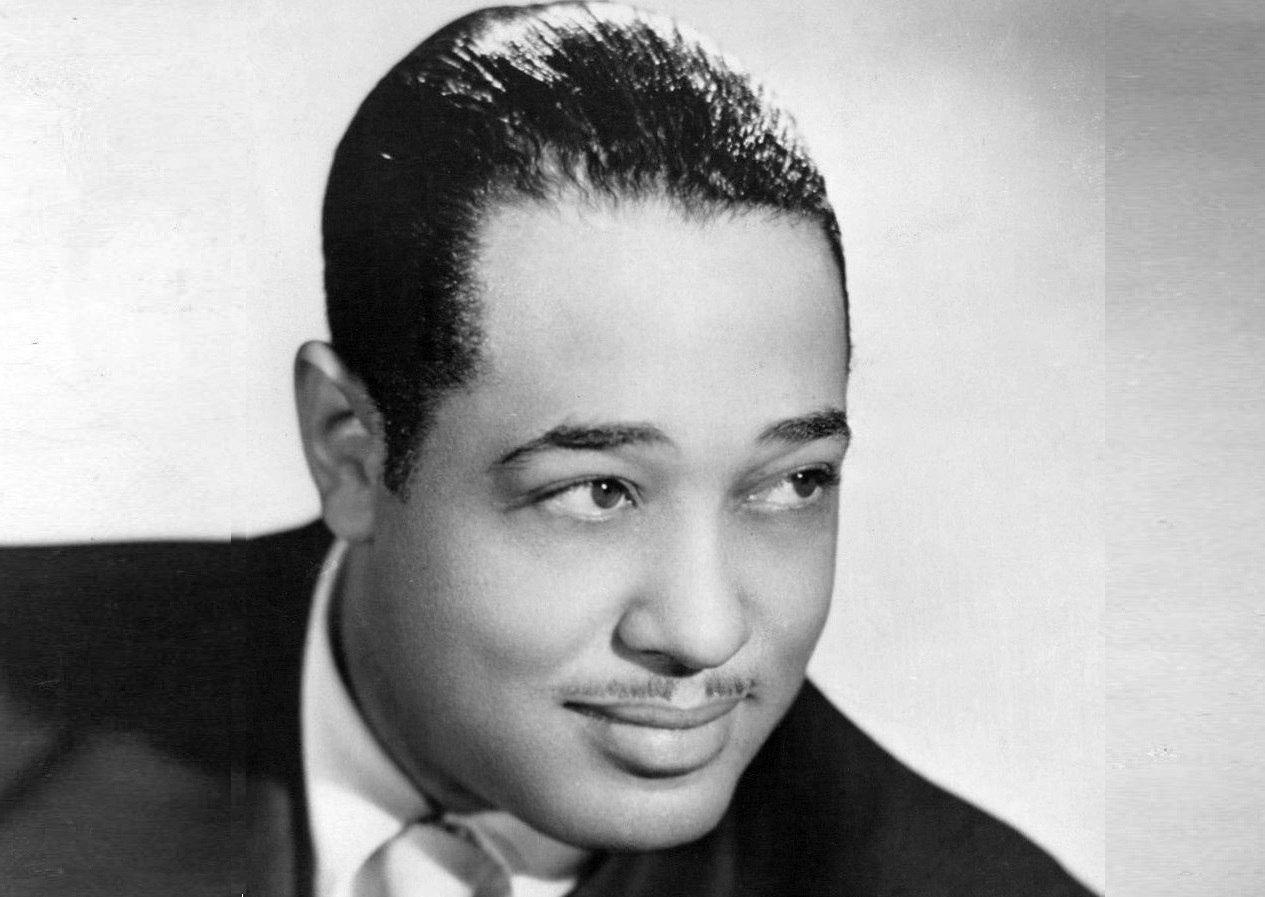 William Morris Agency, Wikimedia Commons
William Morris Agency, Wikimedia Commons
21. His Wife Flipped
It seems Ellington’s relationship with Washington appeared more serious than his usual flings, though, and eventually pushed his wife to the edge. Reports claim she got so upset that she even attacked him when she heard the news about his favorite mistress. The whole thing forced Washington to make a challenging decision about their future.
 Louis Panassié, CC BY-SA 3.0, Wikimedia Commons
Louis Panassié, CC BY-SA 3.0, Wikimedia Commons
22. She Walked Away
Washington ultimately decided to end their relationship. According to her, she realized they had no real future, as she didn’t believe Ellington would ever actually choose to marry her. She decided to move on with both her career and love life, though not necessarily in the most healthy way…
 George Terwilliger Productions, Ouanga (1936)
George Terwilliger Productions, Ouanga (1936)
23. She Doubled Back
Despite the breakup, Washington didn’t take any time off from building her future. She soon landed another starring Broadway role in The Emperor Jones. Her illustrious co-star? None other than the “ex," Robeson. Though that wasn’t the most scandalous part of the show.
 film screenshot (United Artists), Wikimedia Commons
film screenshot (United Artists), Wikimedia Commons
24. She Covered Up
Production required Washington to cover her skin for this role, using makeup to make herself appear darker. They did so to ensure no one actually mistook her for a white woman playing the main love interest of a Black man. Mixed race relationships wouldn’t fly with white audiences of the time, but it didn’t just come down to opinion—it came down to literal law.
 George Terwilliger Productions, Ouanga (1936)
George Terwilliger Productions, Ouanga (1936)
25. They Didn’t Accept It
During this time, anti-miscegenation laws remained the rule of the land across the United States. These laws didn’t permit interracial marriage, making it both unlawful and taboo to display those couples onstage. Prejudices aside, Washington played her role with the usual acclaim. But perhaps it didn’t do enough to help her forget, judging by what she did next.
 George Terwilliger Productions, Ouanga (1936)
George Terwilliger Productions, Ouanga (1936)
26. She Married The Rebound
Not too long after officially ending things with Ellington, Washington took up with another member of his band, Lawrence Brown. They dated for a short time and got married in 1933. Seems like rather suspicious timing, all things considered. But perhaps the stability of marriage is just what she needed. The very next year, her stardom hit its peak.
 The Library of Congress, Wikimedia Commons
The Library of Congress, Wikimedia Commons
27. She Got Her Shot
In 1934, Washington’s face finally graced major screens across the country as one of the stars of the movie Imitation of Life. In the film, she reprised a familiar role, playing a young Black woman who decides to pass as white in order to have a more luxurious life. While the movie remains a classic, at the time, it definitely rocked the boat.
 Universal, Imitation of Life (1934)
Universal, Imitation of Life (1934)
28. They Took Her Seriously
While a Black woman on screen ruffled the feathers of the prejudiced, Black audiences didn’t totally love it either. Some of these audiences felt that Washington must behave like the character she played. They assumed she actually passed as white in real life. Washington responded with some fire…
 George Terwilliger Productions, Ouanga (1936)
George Terwilliger Productions, Ouanga (1936)
29. She Fought Back
Washington staunchly refuted these claims. According to her, she could never lower herself to doing such a thing, saying “you don’t have to be white to be good…I am a Negro and I am proud of it”. While this came as a comfort to many in the Black community, it eventually became a huge obstacle on her path to stardom and success.
 George Terwilliger Productions, Ouanga (1936)
George Terwilliger Productions, Ouanga (1936)
30. They Pushed Her
After her success with Imitation of Life, Washington found herself primed for another leading role. Unfortunately, the landscape of Hollywood didn’t offer much to an actress of her talent and appearance. Granted, Black actresses did have a “typical” place in Hollywood, but it didn’t look anything like Washington wanted or thought she deserved.
 Universal, Imitation of Life (1934)
Universal, Imitation of Life (1934)
31. She Wasn’t Dark Enough
Most darker skinned female actresses in Hollywood played the same type of role. They depicted subservient women, often as maids or nannies. These roles didn’t fit her look, but they also held no appeal for her, as she’d already played more complex roles that piqued the interest of a variety of audiences. The flip side of things didn’t work in her favor either.
 George Terwilliger Productions, Ouanga (1936)
George Terwilliger Productions, Ouanga (1936)
32. They Pressured her
Seeing her potential, many Hollywood executives encouraged her to just pass as white in order to further her career and get the type of roles she wanted. While risky, this option definitely held its own appeal, and held the power to grant her everything she dreamed of. Furthermore, she wouldn’t be the first (or last) to fake their way to the top.
 Federal Theatre Project, Wikimedia Commons
Federal Theatre Project, Wikimedia Commons
33. She Could Fit In
Several other mixed race actresses of the time passed as white to preserve their careers in entertainment. Famous actresses like Merle Oberon and Rita Hayworth concealed their true ethnicities to keep their roles with white male leads. And at this point, perhaps you might wonder what the big deal was anyway. Why couldn’t she just “act” in a role she looked like?
 eBayarchive, Wikimedia Commons
eBayarchive, Wikimedia Commons
34. She Had One Drop
While Washington’s background definitely included some European ancestry, many of her ancestors were undoubtedly Black. By the Jim Crow laws of the time, that meant that regardless of how she appeared, Washington was legally “Black”. Thus, she refused to sell out her community, regardless of what she had to give up.
 George Terwilliger Productions, Ouanga (1936)
George Terwilliger Productions, Ouanga (1936)
35. She Got Stuck
With her decision about her race set in stone, Washington soon found herself pigeonholed into roles very similar to the one she played in Imitation of Life. What may be even worse, though, is that she became the poster child for a well-known stereotype, one seemingly trickling down from the days of slavery—the tragic mulatto.
 George Terwilliger Productions, Ouanga (1936)
George Terwilliger Productions, Ouanga (1936)
36. She Fell Into A Trap
The stereotype of the tragic mulatto displays the same type of mixed race women in every story. She’s tormented by her divided identity, and supposedly punished for being beautiful but not white. As such, in 1937, she played a woman pretending to be the mother of a white baby in One Mile From Heaven. But perhaps she tired of this, judging by her next move.
 George Terwilliger Productions, Ouanga (1936)
George Terwilliger Productions, Ouanga (1936)
37. She Went Back To The Stage
Washington continued to perform, appearing in another notable Broadway show, Mamba’s Daughters, with other notable Black performers. And yet, despite her flash of success and promise with Imitation of Life, she just couldn’t make the stardom stick. With acting opportunities drying up, she made a major shift in direction.
38. She Fought Back
Although she never shied away from supporting the plight of her community, Washington made a marked entry into activism as her entertainment opportunities waned. She seemed to figure that what she couldn’t achieve herself, she could ensure other talented performers could someday be able to. With that, she rallied the troops.
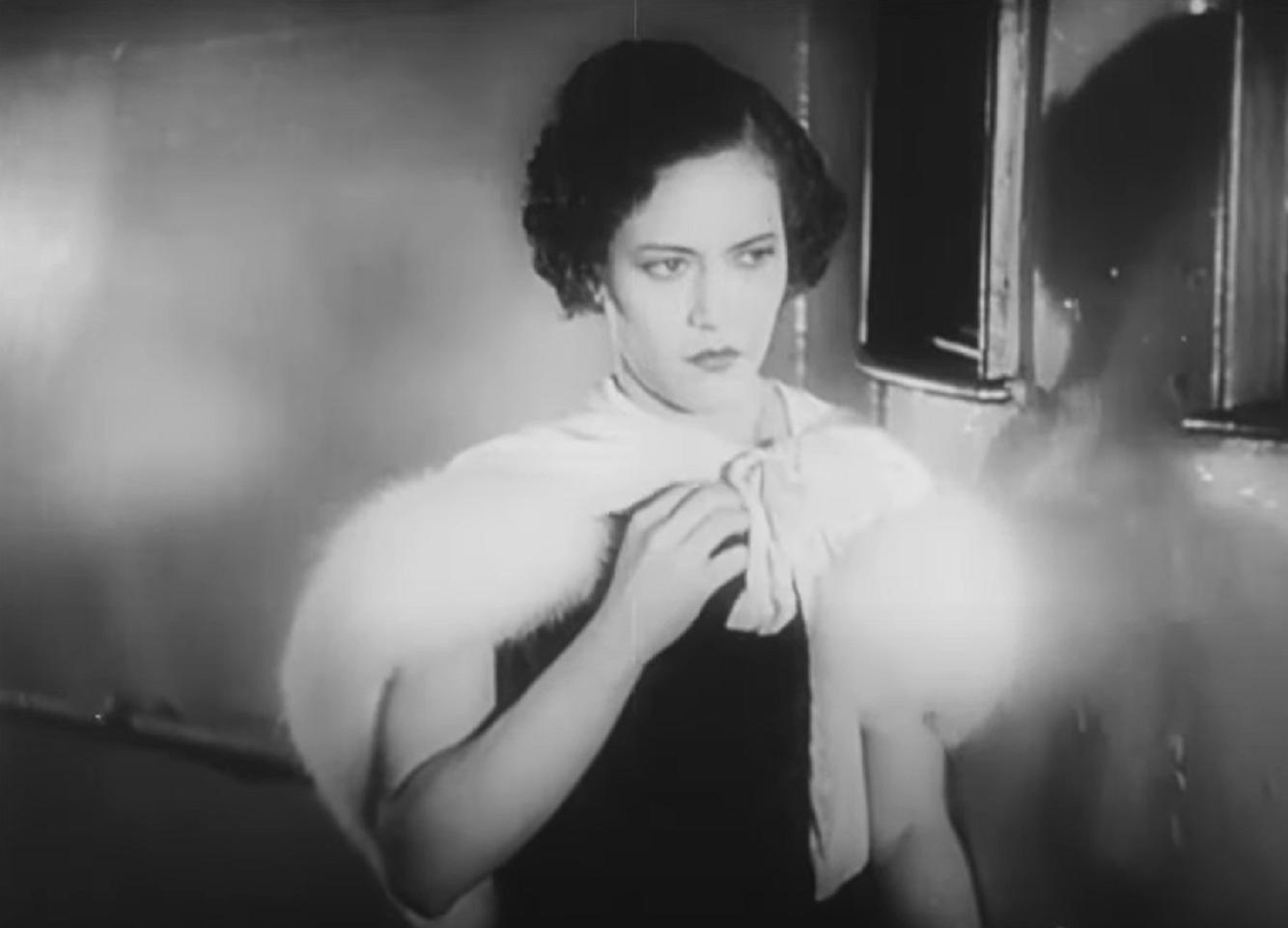 George Terwilliger Productions, Ouanga (1936)
George Terwilliger Productions, Ouanga (1936)
39. She Made Her Mark
In 1937, Washington became one of the founding members of the Negro Actors Guild of America. Along with other marginalized actors (including her old flame, Paul Robeson) she formed this organization to aid actors who struggled with inequality as she did. Even helping to create that organization wasn’t enough, though.
 Yousuf Karsh, Wikimedia Commons
Yousuf Karsh, Wikimedia Commons
40. She Joined Forces
Washington also heavily involved herself with the National Association for the Advancement of Colored People. With this organization, she branched out from working primarily in the Black performer rights space, working to improve conditions for her people everywhere. But even with all the work she did, she just couldn’t forget her passions.
 George Terwilliger Productions, Ouanga (1936)
George Terwilliger Productions, Ouanga (1936)
41. She Dimmed Her Light
Washington found herself left with behind-the-scenes work. She used her years of experience and performing prowess to work as a stage consultant. She contributed her expertise to major productions like Porgy and Bess and Carmen Jones. But considering her next move, it didn’t hit quite the same.
 George Terwilliger Productions, Ouanga (1936)
George Terwilliger Productions, Ouanga (1936)
42. She Changed It Up
In the 1940s, Washington tried her hand at radio. She landed a role on the radio drama, Heroines in Bronze. This served her well for a short time, but even radio drama felt the effects of the country’s prejudice. With very few roles for Black women available on radio, she found herself forced to dig deeper, and finally let go of her starry dreams.
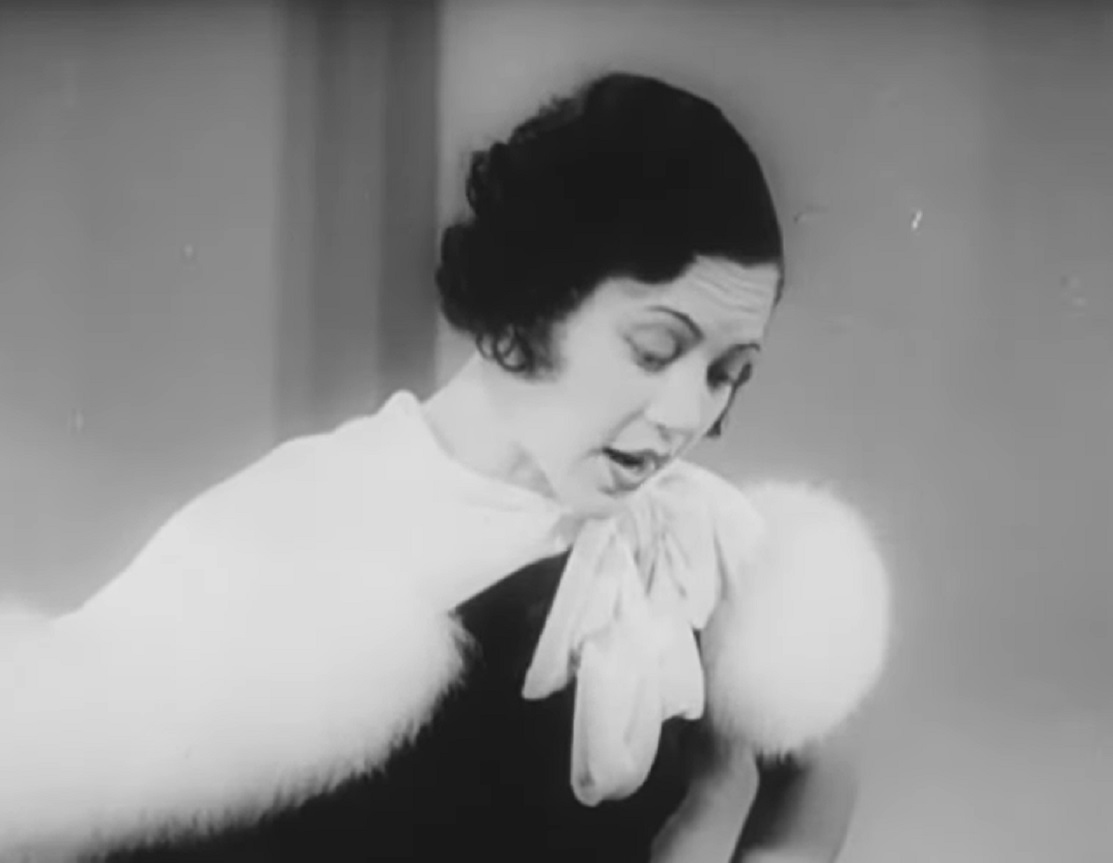 George Terwilliger Productions, Ouanga (1936)
George Terwilliger Productions, Ouanga (1936)
43. She Used Her Voice
Deprived of the acting roles she truly deserved, Washington focused more attention on using her words to make a difference. She spent several years working as an editor on The People’s Voice, a magazine made by and for the African American community. Unfortunately, her career didn’t turn out to be the only dream that fell apart.
 George Terwilliger Productions, Ouanga (1936)
George Terwilliger Productions, Ouanga (1936)
44. She Lost Him
Washington’s marriage to Brown ended in divorce in 1948. Reports on the reason for the divorce remain sparse, though it seems it should take something serious to end fifteen years of marriage (whether or not she only married him to upset Ellington). Whatever the reason, Washington didn’t take too long to get back on the horse.
 George Terwilliger Productions, Ouanga (1936)
George Terwilliger Productions, Ouanga (1936)
45. She Did It Again
Just a few years after the divorce, Washington married Hugh Anthony Bell in 1951. This time she took a very different approach to her life, marrying a dentist, her first well-known lover with zero connection to her industry. She spent her latter years with him quietly. And what of her thoughts on the career injustice deprived her of?
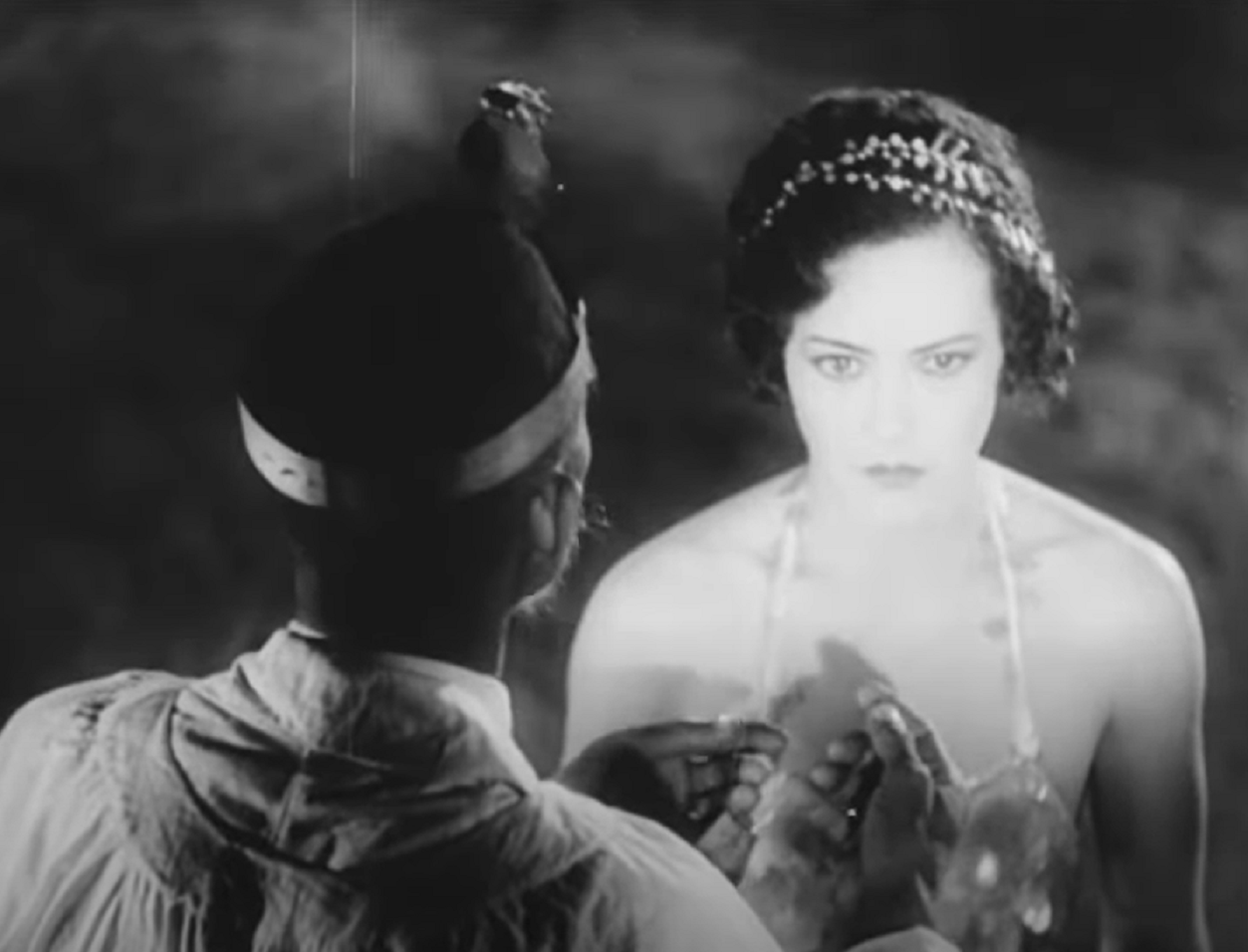 George Terwilliger Productions, Ouanga (1936)
George Terwilliger Productions, Ouanga (1936)
46. She Doubled Down
Even though her refusal to pass as white likely held her back from a star studded career, Washington never reneged on her commitment to fully be herself. In several interviews, she continued to strengthen her stance, and even said, “Why should I have to pass for anything…but an artist?” Even so, one final major slight soon came her way.
 George Terwilliger Productions, Ouanga (1936)
George Terwilliger Productions, Ouanga (1936)
47. They Did It Again
A remake of Imitation of Life hit theaters in 1959. A movie remake isn’t anything unusual, but in this case, it likely caused at least a little stir. Instead of the role originally played by Washington being cast as a Black woman (as the part is written), production cast a white, half-Mexican actress. Go figure. Regardless, Washington eventually got her roses.
 George Terwilliger Productions, Ouanga (1936)
George Terwilliger Productions, Ouanga (1936)
48. They Saw Her
Although she’d left her entertainment career decades prior, the Black Filmmakers Hall of Fame thought it fit to induct Washington as one of its official honorees. They did so in 1975, forever placing her in the company of other Black entertainment greats like Sammy Davis Jr and Hattie McDaniel. They weren't the only ones to realize what the world missed.
 Unknown Author, Wikimedia Commons
Unknown Author, Wikimedia Commons
49. They Honored Her
Washington went on to receive several additional rewards in her later years. She received a lifetime achievement award from the Cultural Institute of Radical Contemporary Arts in 1979, and another honor from the Audience Development Company in 1981. She never got the fame she likely deserved, but her contributions to art didn’t stay without reward.
 Universal, Imitation of Life (1934)
Universal, Imitation of Life (1934)
50. She Lived Long
Washington lived to the ripe old age of 90. She passed in 1994 from complications related to pneumonia and strokes. We’ll never really know how big a star she could have been if she lived in a different time. However, her commitment to standing on her beliefs despite every reason not to is deeply impressive. And perhaps, all things considered, that is the greater reward.





